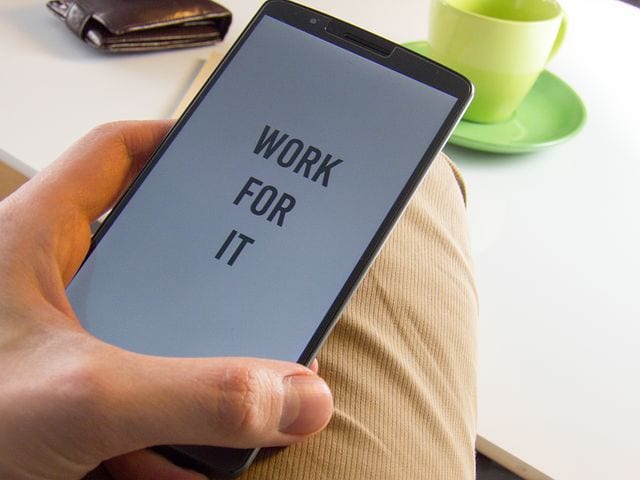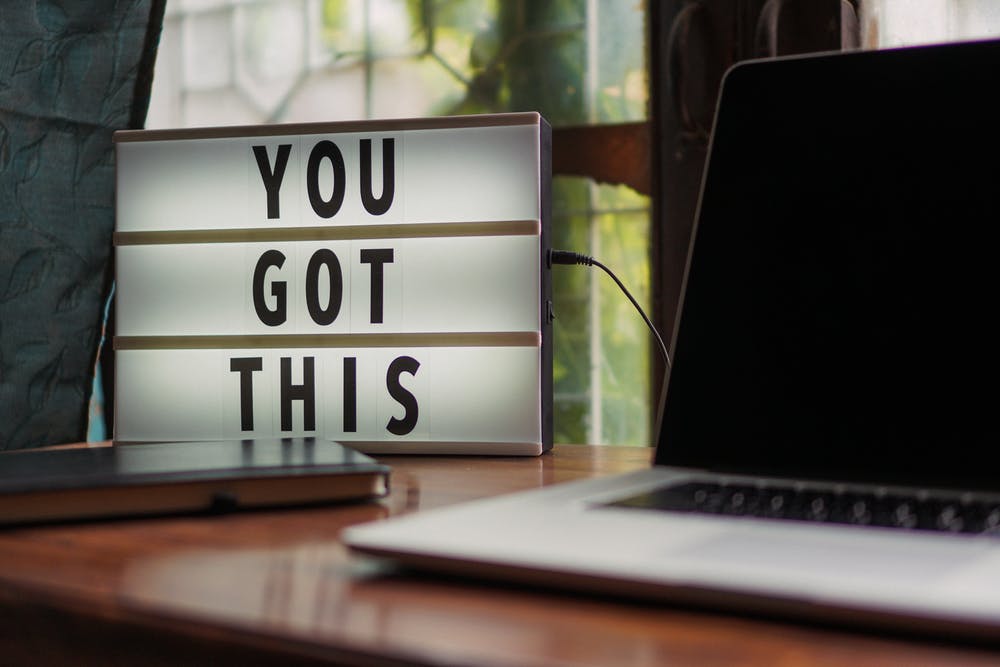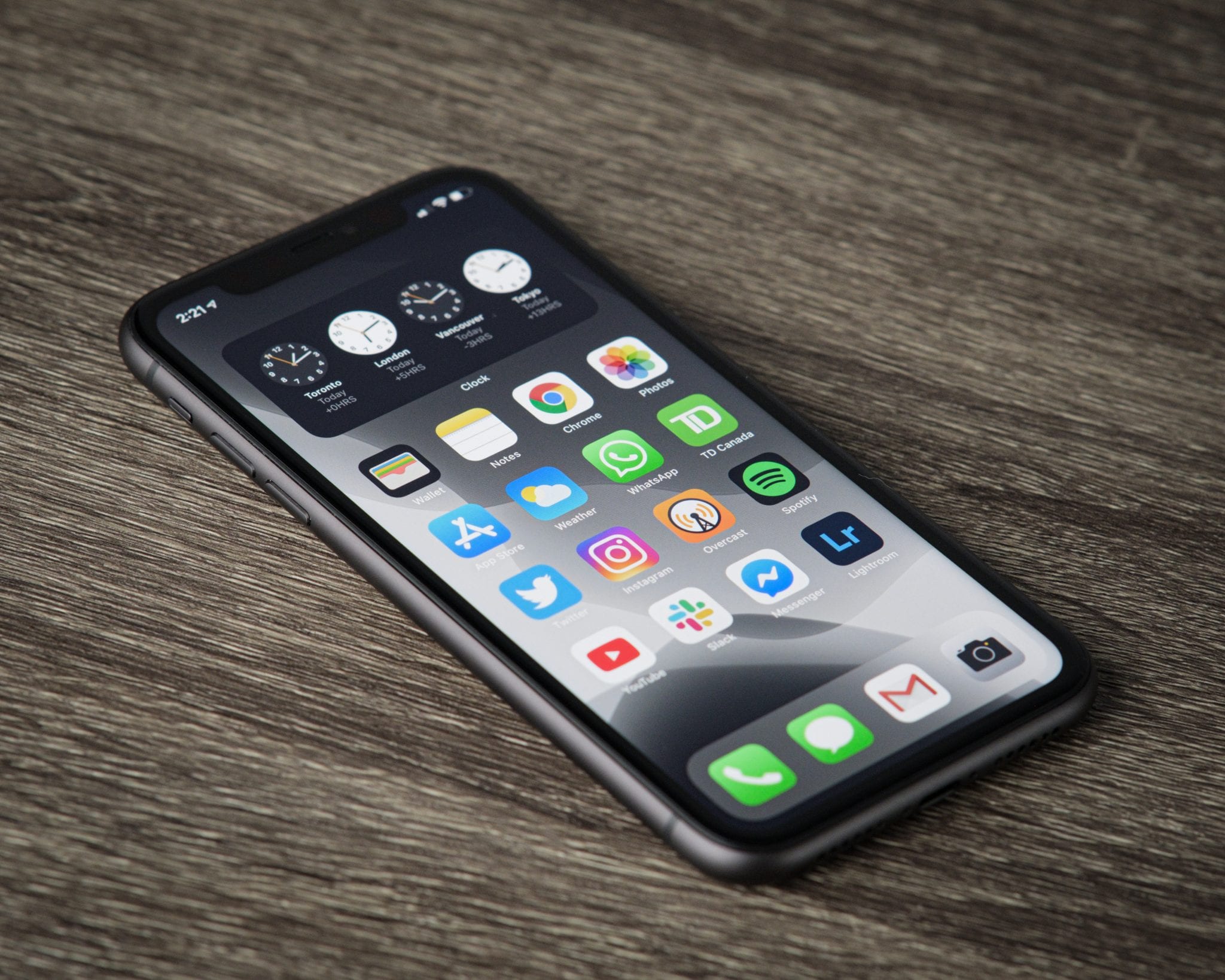
Ability is what you’re capable of doing. Motivation determines what you do. Attitude determines how well you do it. – Lou Holtz
Without motivation it’s kind of tough to reach your full potential. Of course, there are moments in your life where motivation is non-existent. When that happens, you should follow these 15 life rules to keep inspiring motivation day-in and day-out.
1. Trust yourself.
During his 2009 USC Commencement Speech, Arnold Schwarzenegger shared his “rules of success.” This included his epic first rule; trust yourself.
And what I mean by that is, so many young people are getting so much advice from their parents and from their teachers and from everyone. But what is most important is that you have to dig deep down, dig deep down and ask yourselves, who do you want to be? Not what, but who.
And I’m talking about not what your parents and teachers want you to be, but you. I’m talking about figuring out for yourselves what makes you happy, no matter how crazy it may sound to other people.
I was lucky growing up because I did not have television or didn’t have telephones, I didn’t have the computers and the iPods. And, of course, Twitter was then something that birds did outside the window. I didn’t have all these distractions and all this.
I spent a lot of time by myself, so I could figure out and listen to what is inside my heart and inside my head.
And I recognized very quickly that inside my head and heart were a burning desire to leave my small village in Austria — not that there was something wrong with Austria, it’s a beautiful country.
But I wanted to leave that little place and I wanted to be part of something big, the United States of America, a powerful nation, the place where dreams can come true.
I knew when I came over here I could realize my dreams. And I decided that the best way for me to come to America was to become a bodybuilding champion, because I knew that was ticket the instant that I saw a magazine cover of my idol, Reg Park. He was Mr. Universe, he was starring in Hercules movies, he looked strong and powerful, he was so confident.
So when I found out how he got that way I became obsessed, and I went home and I said to my family, “I want to be a bodybuilding champion.”
Now, you can imagine how that went over in my home in Austria. My parents, they couldn’t believe it. They would have been just happy if I would have become a police officer like my father, or married someone like Heidi, had a bunch of kids and ran around like the von Trapp family in Sound of Music.
That’s what my family had in mind for me, but something else burned inside me. Something burned inside me. I wanted to be different; I’m determined to be unique. I was driven to think big and to dream big.
Everyone else thought that I was crazy. My friends said, “If you want to be a champion in a sport, why don’t you go and become a bicycle champion or a skiing champion or a soccer champion? Those are the Austrian sports.”
But I didn’t care. I wanted to be a bodybuilding champion and use that to come to America, and use that to go into the movies and make millions of dollars.
So, of course, for extra motivation I read books on strongmen and on bodybuilding and looked at magazines. And one of the things I did was, I decorated my bedroom wall.
Right next to my bed there was this big wall that I decorated all with pictures. I hung up pictures of strongmen and bodybuilders and wrestlers and boxers and so on.
I was so excited about this great decoration that I took my mother to the bedroom and I showed her. And she shook her head. She was absolutely in shock and tears started running down her eyes.
She [my mother] called the doctor, she called our house doctor and she brought him in and she explained to him, “There’s something wrong here.” She looked at the wall with the doctor and she said, “Where did I go wrong? I mean, all of Arnold’s friends have pictures on the wall of girls, and Arnold has all these men.
But it’s not just men, they’re half naked and they’re oiled up with baby oil. What is going on here? Where did I go wrong?” So you can imagine, the doctor shook his head and he said, “There’s nothing wrong. At this age you have idols and you go and have those — this is just quite normal.”
So this is rule number one. I wanted to become a champion; I was on a mission. So rule number one is, of course, trust yourself, no matter how and what anyone else thinks.
2. The KISS principle.
If you’re like, you had a father who liked to throw around the phrase “Keep it simple, stupid.” In case you were curious, there’s a perfectly good explanation for this. It was a design principle popularized by the US Navy around 1960.
For those who are unfamiliar with the “keep it simple stupid” (KISS) principle, it simply that states that systems perform best when they have simple designs instead of complex ones.
Personally, I use this principle almost daily.
For example, when I have to tackle a large project I break it up into smaller, more manageable tasks. This makes completing the project simpler since I can chip away at specific goals, instead of worrying about completing everything at once.
3. Follow the Goldilocks Rule.
Do you remember the fairy tale of Goldilocks and the Three Bears? It wasn’t just a memorable bedtime story. It also inspired the aptly-named Goldilocks Rule.
“The Goldilocks Rule states that humans experience peak motivation when working on tasks that are right on the edge of their current abilities,” explains James Clear. “Not too hard. Not too easy. Just right.”
According to Clear, the Goldilocks Rule is actually backed by science. That’s because even though we love challenges, we prefer them to be within an optimal zone of difficulty.
Clear uses an analogy of playing tennis. If you played against a child, you would get bored because the match was too easy. But, if you played against a pro like Serena Williams, you’ll find yourself demotivated because the match was too difficult.
4. Embrace change.
People don’t like change. In fact, we resist it as much as possible. One study found that the reason for this is because the longer something is thought to exist, the better it’s evaluated.
Change is inevitable.
The fact of the matter is that change is inevitable throughout life. So instead of fighting it, learn how to embrace it. Start by taking baby steps and just going with the flow.
And, also keep in mind that change is good for you. It helps you grow and learn, as well gain new ideas and perspectives. That can open a whole new world of possibilities.
5. Choose possibilities, not problems.
“With personal power you possess the deep belief there are available solutions for problems. When you approach challenges from a solutions-focused perspective it engages the creative process of examining and architecting alternate routes in lieu of staying stuck in false beliefs of why things cannot be done,” writes Sherrie Campbell in Entrepreneur.
“If you cannot find a solution, open your thoughts to others, seek their ideas and suggestions. Solution-focused minds reward and inspire each other. When solutions are the focus you learn to fail and adapt, moving away from the fixing and failing approach.”
6. Measure twice and cut once.
Here’s another lesson I’ve learned from my old man; measure twice and cut once. This meant when cutting a piece of wood, you would measure it twice to make sure that you don’t make any mistakes. He would often tell me this when he noticed me rushing through something I didn’t care about.
I use this principle to guide me in almost everything I do today.
Let’s say I want to write a blog post. If I’m not feeling the topic, I may write a sub-par article that’s going to get rejected.
Instead of wasting everyone’s time, I would rather discuss a topic that I’m passionate about. When I do, the article isn’t just well-written, it has less errors and is faster for me to compose.
7. ASK.
This is an acronym for always seek knowledge. And this could be one of the greatest life rules I’ve learned. That’s because obtaining knowledge improves our lives by empowering us.
Think about it. You just read a leadership book or took an online course to learn a new skill. You most likely took that newly acquired knowledge and eagerly put it to use. As a result, you become a more well-rounded individual.
8. Be truly fulfilled.
“Michael Gerber, the guy that wrote The E-Myth, talks about why so many businesses, young businesses fail. One of the things he says is most people are not really entrepreneurs, but they think that’s what they should be. They think that’s the sexy thing, that’s the most attractive thing, that’s the best answer,” says Tony Robbins.
“What I say to you is you’ve got to separate the vehicle from the outcome. Is it going to truly fulfill you? What is it that’s going to give you that extraordinary life? What’s going to make things magnificent, on your terms, not somebody else’s terms, not your father, your mother, your background? What is that, really?”
“Separate the vehicle. There are many ways to get to that vehicle, but I’m saying, sometimes you have to reevaluate what’s going to really make you fulfilled.”
You can find this answer by asking yourself questions like:
- What is your gift?
- Are you an artist?
- Are you the talent that can produce something no one else produces as a skill, a product, a service or some impact?
- You incredibly good at management; you really know how to manage or lead people?
- Are you an extraordinary entrepreneur that can take that gigantic gut-load of risk, create the vision, attract the talent that you need, the managers and leaders?
“You may have all three abilities, but which one really fulfills you the most, is going to be the critical question. We tend to want to do them all, especially in a room like this, because you’re all overachievers; right?”
“Me, too. You say, ‘Well, I can do all these.’ Yes, you can, but what will it do to your quality of life? See, again, the secret is going to be this. What is an extraordinary life, on your terms, today?”
9. Obey the Golden Rule.
Do unto others as you would have them do unto you.
I don’t know how many times my mom beat that into my head. And I’m glad she did. It’s helped guide me throughout life.
Take my business, for example. I treat my employees like I want to be treated. As a result, I have a highly motivated team – even though most are remote workers.
My team feels valued, respected, and delivers top-notch work on a consistent basis. That wouldn’t be possible if I mistreated them.
Besides my team, I also treat my customers with respect by delivering outstanding customer service. When I hear how my business helped a customer I want to keep that up. It’s almost like a video game, I want to keep playing until I get the highest score.
10. Give more than you take.
It’s true. Those who give, receive.
Whether if it’s through volunteering or sharing your wealth or knowledge, when you give more then you take, you’ll be rewarded. What kind of reward? It could be anything from developing new skills, gaining new experiences, or meeting new connections.
And who knows where these rewards can take you. Maybe you learned a new skill while volunteering that you can now use to enhance your business.
As an added perk, it feels pretty good too.
11. Try new things.
Here’s why we don’t try new things; we’re afraid.
The thing is, by letting that fear control us, we’re depriving ourselves from expanding our minds and experiencing new perspectives. Also, those who try new things are more likely to retain positive emotions.
So, stop being afraid and just do it. It’s better than living with could have, might have, and should have.
12. Smile.
You wake-up in the morning in a foul mood. How motivated do you think you’ll be for the rest of the day?
It’s no secret that our mood influences motivation. And one quick fix is to smile. Yep, it’s that simple.
It’s been found that smiling can instantly lift your spirits, boost your immune system, and relieves stress. As an added perk, smiling is contagious.
13. Take action.
Jim Rohn once said, “What we know and how we feel merely determine our potential for achievement. Whether we actually achieve our goals is ultimately determined by our activity.”
According to Rohn, there are two rules of activity:
- Do what you can. Ask yourself the following question, “What simple thing could I do, which I’m not doing, which could increase my health and/or my wealth?”
- Do the best that you can. Follow this philosophy from Ecclesiastes 9:10 — “Whatever your hands find to do, do it with all your might.”
14. Work to live; don’t live to work.
Close your eyes for a second and reflect about your life so far. Are you more satisfied about the time you spent working or the time you had living? Hopefully it’s the latter.
Remember, life isn’t about work. It’s about building relationships and how you made an impact in the world. That should keep you motivated during even the most of trying times.
15. Inspire Motivation and Keep dreaming.
Never stop dreaming. No matter your age.
Dreams help you discover yourself. They help you reach your goals. And they ensure that you don’t live a life full of regrets.









